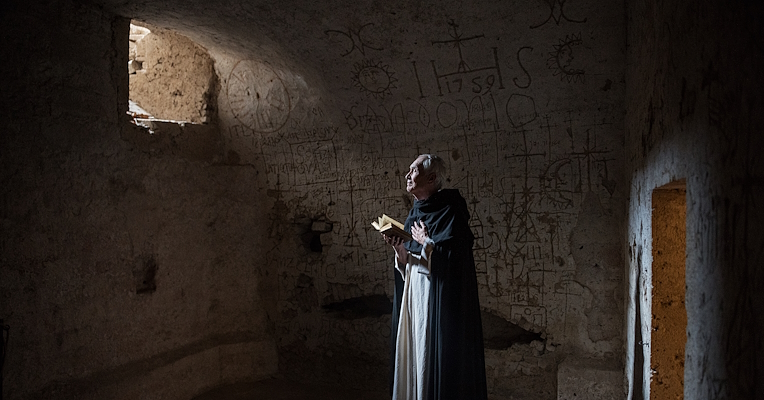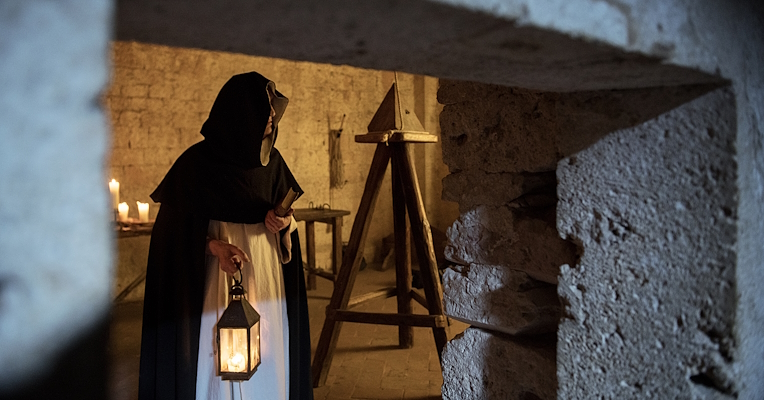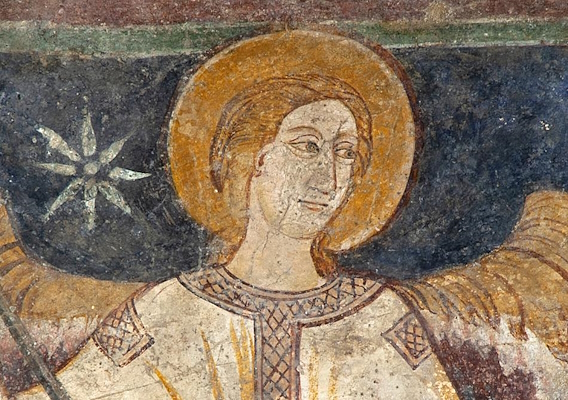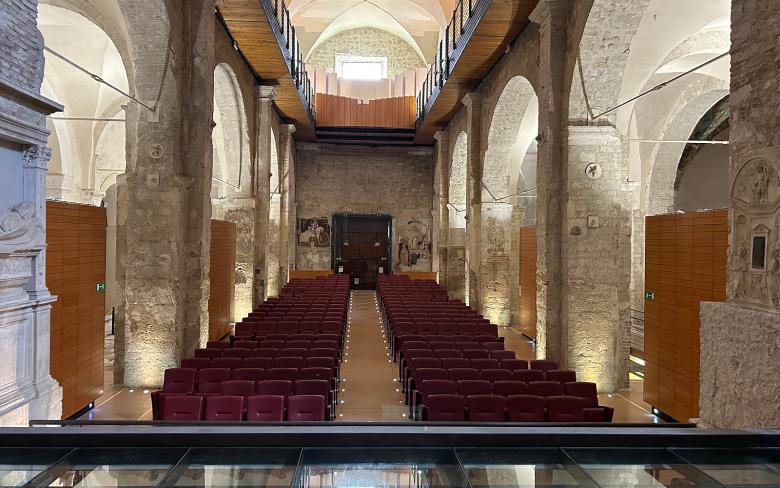Narni Underground
Located in the historic center of Narni, an ancient town in southern Umbria, the underground complex of Narni Sotterranea reveals its secrets through corridors, cisterns, and passages that preserve traces of a hidden chapter of the city's history.
The itinerary unfolds in three rooms, from different eras, which can be accessed exclusively by booking a guided tour of about an hour and a half, open and suitable for everyone.
Church of Santa Maria della Rupe
The first stop of the tour is the Church of Santa Maria della Rupe, dating back to the 13th century, located beneath the convent complex of San Domenico. It was discovered in 1979 by a group of enthusiastic speleologists. Passing through a gap in the wall, they found themselves inside rooms frescoed by Umbrian artists of the Middle Ages, rich in sacred representations. The rooms have been open to the public since 1994. In addition to the frescoes, thanks to the construction of a glass floor, it is possible to admire the archaeological remains of the structure, walking over the ancient foundations. Virtual reconstructions of the site's historical evolution complete the experience.































.png/bfc70537-6645-2c6e-3498-5d0e7556e240?width=780)
